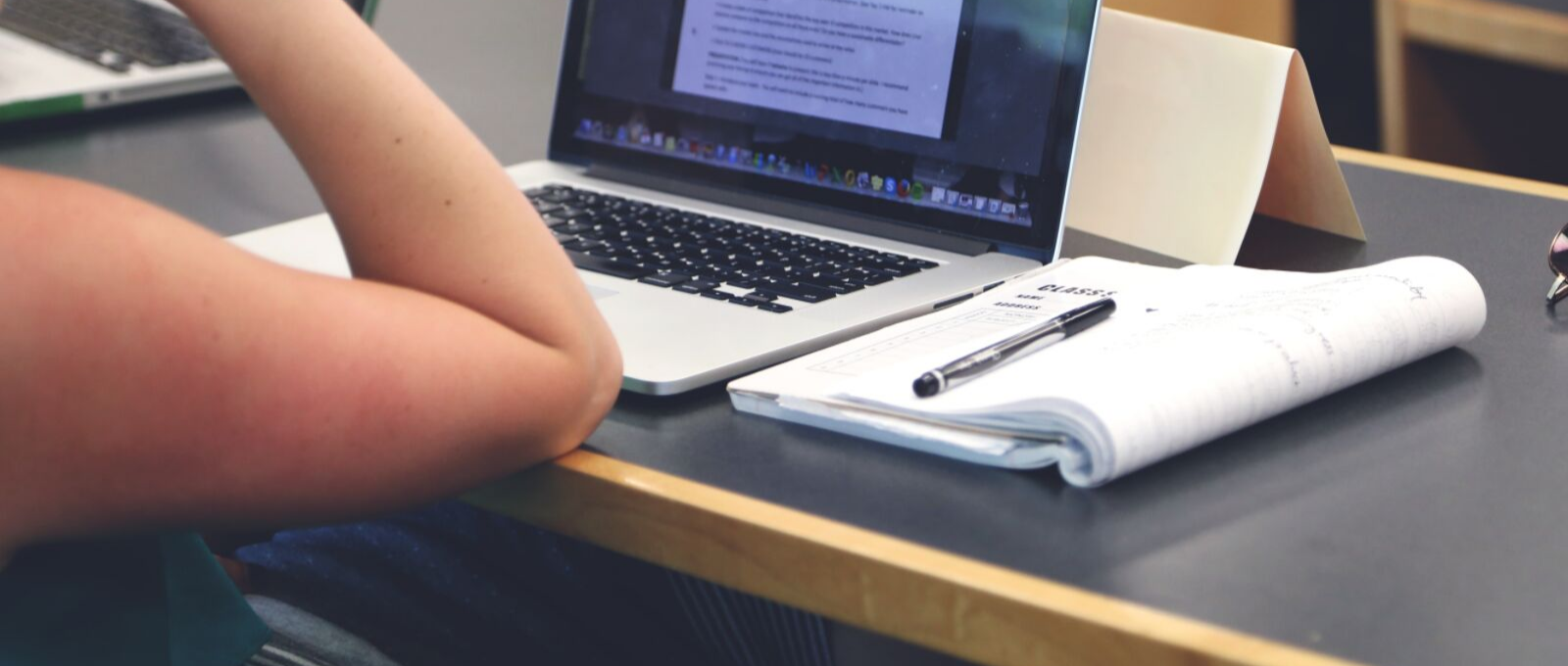As more and more homework goes online, students are tasked with a daunting task: How do I focus on the assignment and resist the allure of unrelated YouTube videos, social media posts, and other digital distractions? (I emphasize unrelated because some assignments ask students to draw on YouTube and other digital resources for learning).
Your son isn’t the only one struggling with this task. In a recent study, Dr. Larry Rosen at Stanford University found that middle and high school students are only able to stay on task for three minutes on average before being distracted (the main distractors being information from phones and computers).
We’ve written before about why this particular form of self-regulation is a Herculean task for many kids. That said, learning how to focus amidst potential digital distractions is a critical skill for 21st century students. We already shared ways to decrease digital distractions and boost productivity. Here are some additional tips that get a bit more specific about homework:
Create a system:
- Talk about the brain. Young people tend to have a wildly inflated idea of how many things they can do well at once. Explain to your child that their seeking brain can trip them up while doing homework and review the costs of multitasking.
- Be positive. Reinforce that social media and other digital entertainment can be a really positive thing. The goal is just to make sure it doesn’t interfere with learning. Brain-based study habits can help!
- Be realistic. Start with about 15 minutes of focused attention followed by a brain break like walking around the room or closing eyes and resting for a bit.
- Set goals. Make clear and attainable study goals for each focused attention session.
- Try tech breaks. There is nothing wrong with a brain break being a “tech break.” This might reduce your child’s anxiety around being socially unplugged for an entire evening of homework. For example, 20 minutes of focused attention followed by two minutes of texting or watching a YouTube video. Set alarms at first to get in this habit.
- Increase focus. Try increasing focused attention over time – though the realistic max is about a half hour before a short brain break is probably necessary for most teens.
- Off and away. During focused study sessions, close all unrelated media and keep phones off and away. Don’t forget to disable cues (pings, buzzes, and pop-ups).
Monitor the system:
Every child is different. Especially as your child gets older, involve them in monitoring his or her own study habits – what is working? What isn’t?
- Use tracking software or search history together after study sessions – how often was your child distracted? Young people are often surprised at just how far from the assignment they wander – and how often.
- Are “tech breaks” working? Or are they impossible to keep to 2 minutes? If a tech break is more of a struggle than a relief – then perhaps “off and away” until homework is completely done makes more sense.
- Ask your child to reflect on how difficult it is to resist checking YouTube or Twitter. If resistance is feeling distracting in and of itself, try browser add-ons like “stay focused” or apps like “self-control” that block certain Web sites for you.
